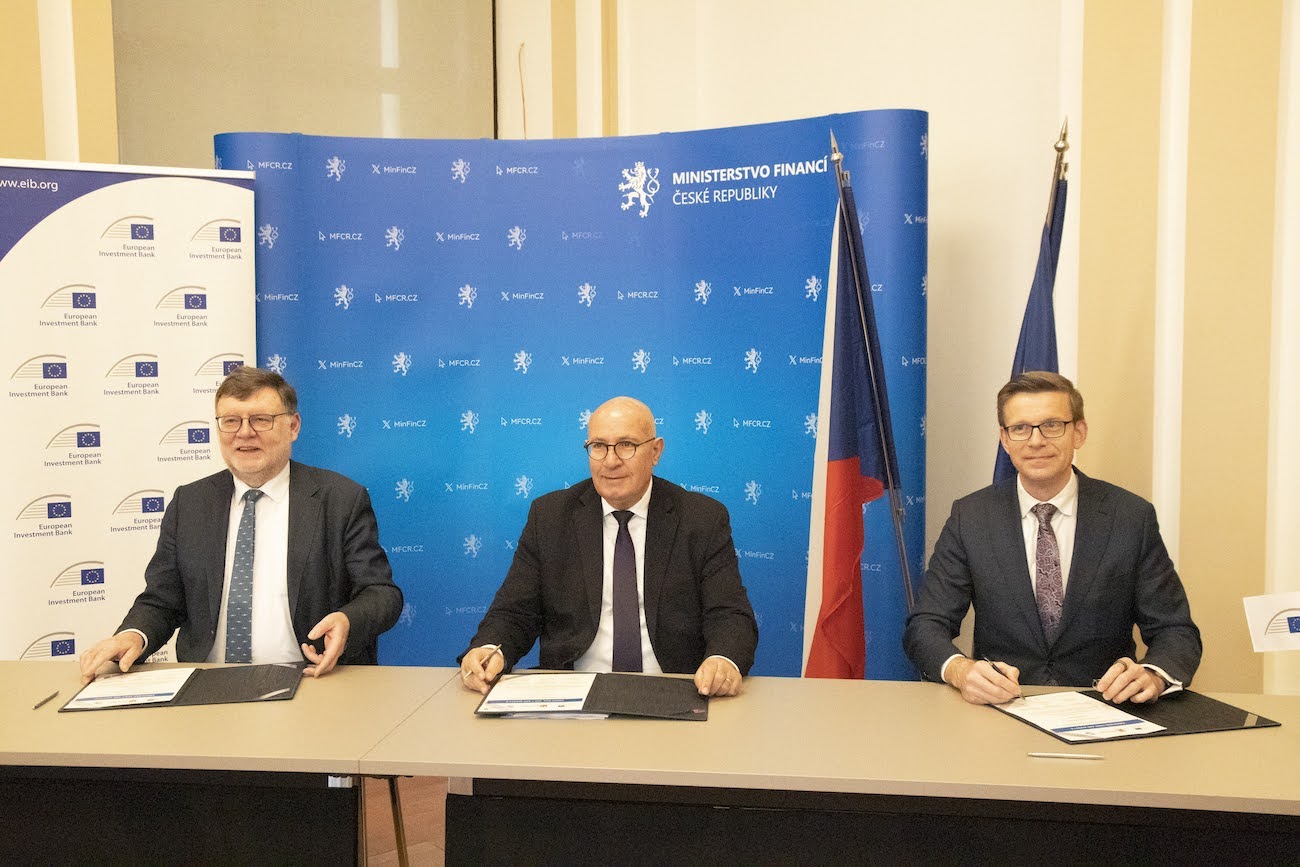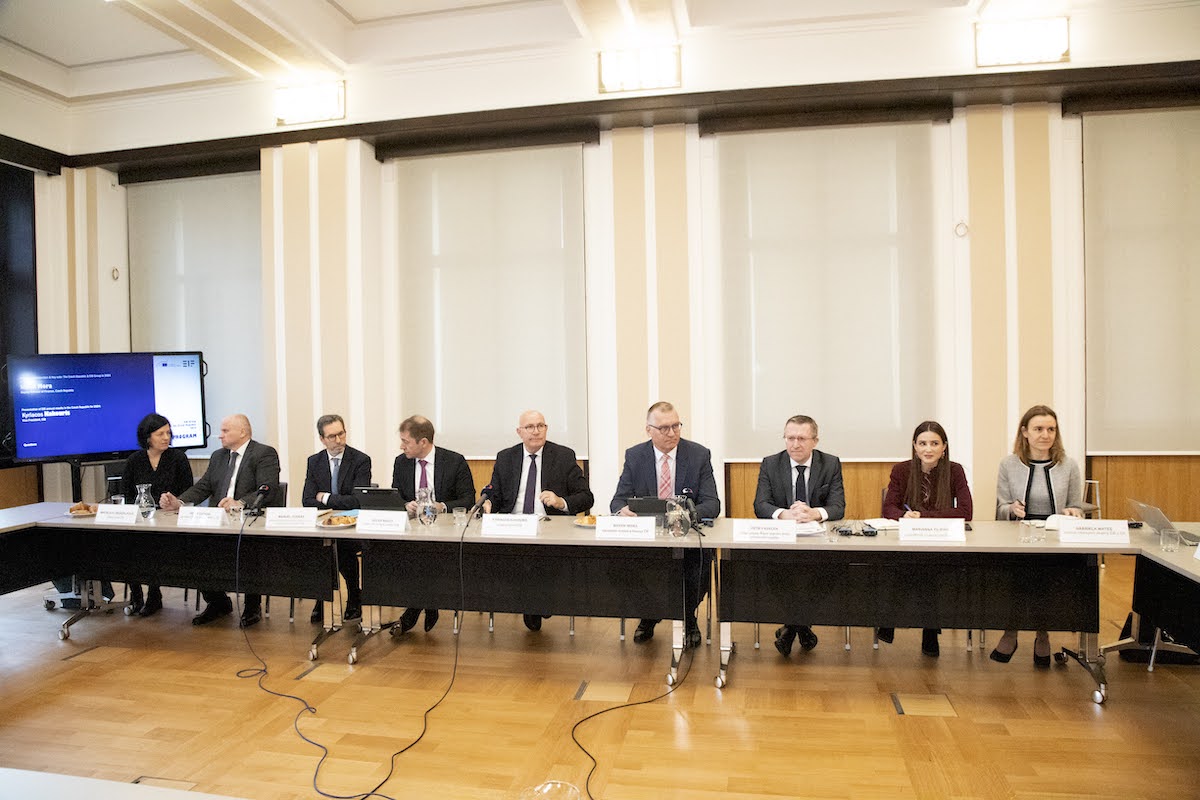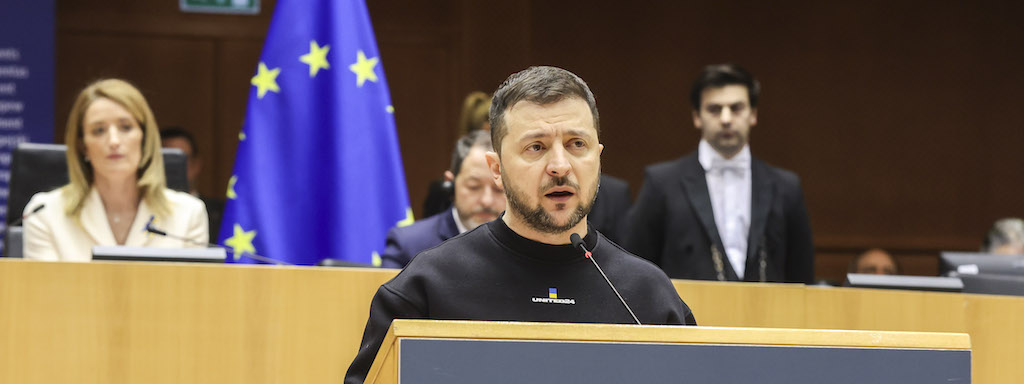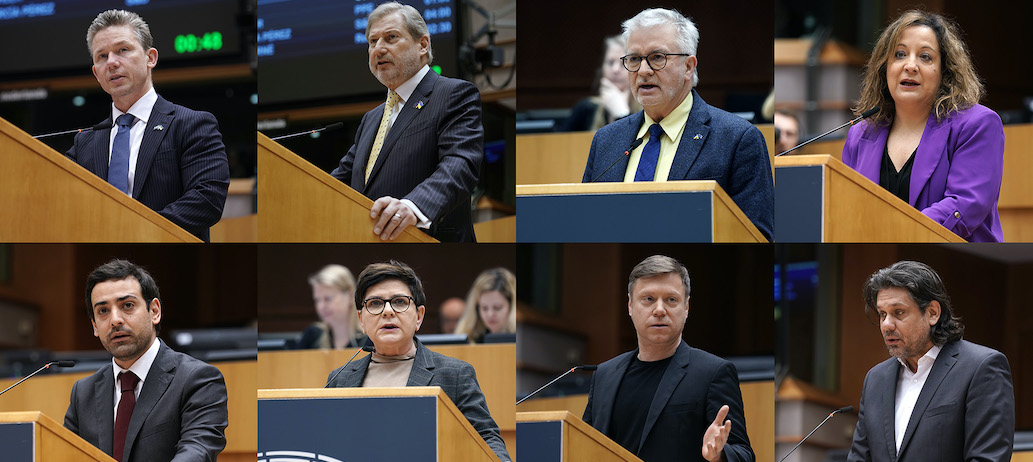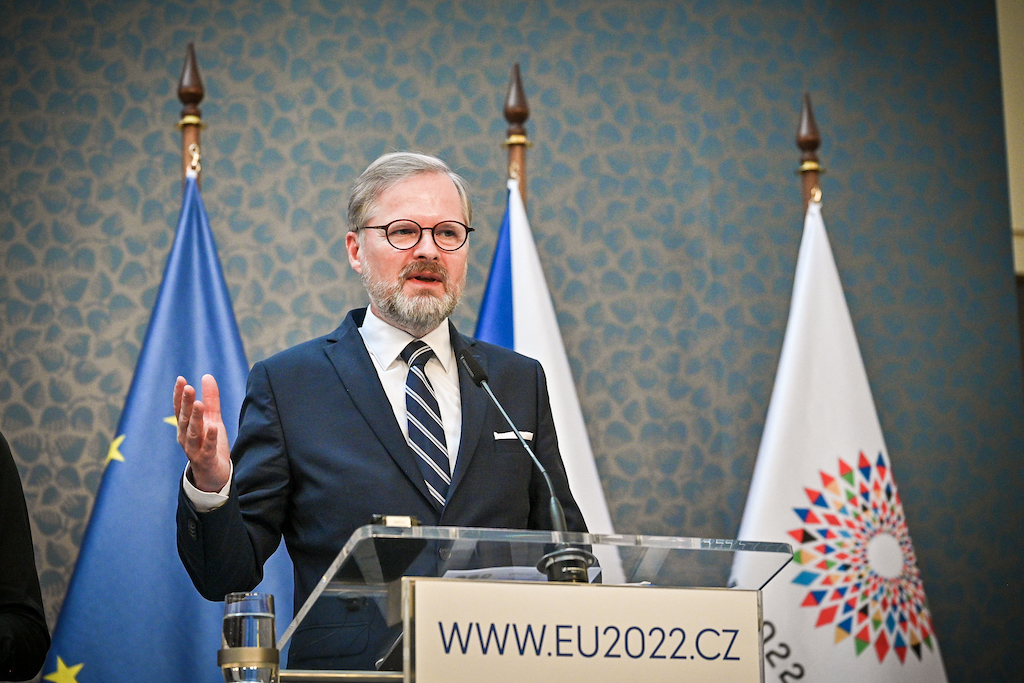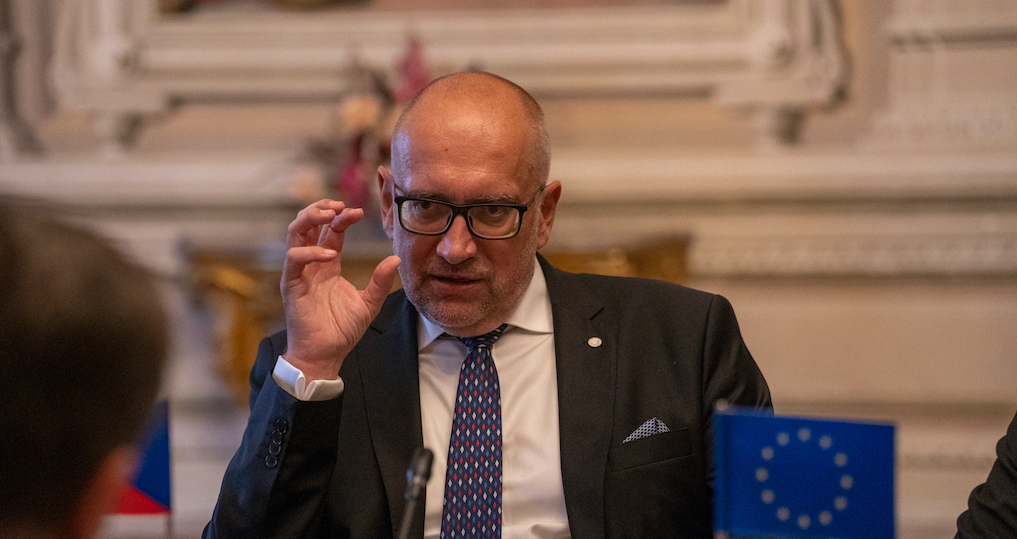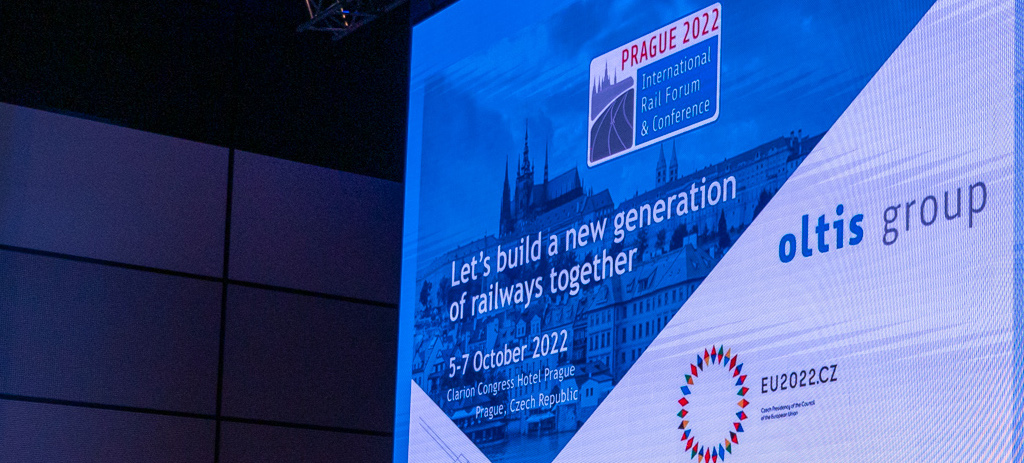For the next long-term EU budget 2021-2027, the Commission proposes to modernise Cohesion Policy, the EU’s main investment policy and one of its most concrete expressions of solidarity.
The EU’s economy is bouncing back, but additional investment efforts are needed to tackle persistent gaps between and within Member States. With a budget of €373 billion in commitments for 2021-2027, the future Cohesion Policy has the investment power to help bridge these gaps. Resources will continue to be geared towards regions that need to catch up with the rest of the EU the most. At the same time it will remain a strong, direct link between the EU and its regions and cities.
Vice-President responsible for Jobs, Growth, Investment and Competitiveness, Jyrki Katainen, said: “Over the next decade, Cohesion Policy will help all regions modernise their industry and invest in innovation and the transition to a low-carbon, circular economy. In addition, our proposal will further contribute to a business-friendly environment in Europe, setting the right conditions for growth, job creation and investment.”
Commissioner for Regional policy Corina Creţu said: “Today we propose a Cohesion Policy for all regions, which leaves no one behind. We have made it more flexible, to adapt to new priorities and better protect our citizens. We also made the rules simpler and this will benefit all, from small businesses and entrepreneurs to schools and hospitals that will get easier access to the funds.”
The main features of the Commission’s proposal for a modernised Cohesion Policy are:
1. A focus on key investment priorities, where the EU is best placed to deliver: The bulk of European Regional Development Fund and Cohesion Fund investments will go towards innovation, support to small businesses, digital technologies and industrial modernisation. It will also go to the shift towards a low-carbon, circular economy and the fight against climate change, delivering on the Paris Agreement.
2. A Cohesion Policy for all regions and a more tailored approach to regional development:
- Investing in all regions: Regions still lagging behind in terms of growth or income – mostly located in the South and East of Europe – will keep benefiting from important EU support. Cohesion Policy will continue investing in all regions, as many of them across Europe – including in richer Member States – struggle to achieve industrial transition, fight unemployment and hold their own in a globalised economy;
- A tailored approach: Cohesion Policy keeps 3 categories of regions: less-developed, transition and more developed regions. To reduce disparities and help low-income and low-growth regions catch up, GDP per capita remains the predominant criterion for allocating funds. In addition, new criteria aim at better reflecting the reality on the ground – youth unemployment, low education level, climate change and the reception and integration of migrants.
- Locally-led: The 2021-2027 Cohesion Policy stands for a Europe that empowers, by supporting locally-led development strategies. Local, urban and territorial authorities will be more involved in the management of EU funds, while increased co-financing rates will improve ownership of EU-funded projects in regions and cities.
3. Fewer, clearer, shorter rules and a more flexible framework:
- Simplifying access to funds: The Commission proposes to make the rules less complex in the next long-term EU budget, with less red tape and lighter control procedures for businesses and entrepreneurs benefiting from EU support;
- A single rulebook: One set of rules now cover 7 EU funds implemented in partnership with Member States (‘shared management’), which will make life easier for EU funds programme managers. It will also facilitate synergies, for example between Cohesion Policy funds and the Asylum and Migration Fund when it comes to the development of local integration strategies for migrants. The framework also allows for more efficient links with other funds from the EU budget toolbox; for example Member States can choose to transfer some of their Cohesion Policy resources to the InvestEU programme.
- Adapting to needs: The new framework also combines the stability necessary for long-term investment planning with the right level of flexibility in order to cope with unforeseen events. A mid-term review will determine if changes in the programmes are needed for the last 2 years of the funding period, and limited transfers of resources within EU funds programmes will be possible.
4. A strengthened link with the European Semester to improve the investment environment in Europe: The Commission proposes to strengthen the link between Cohesion Policy and the European Semester, to create a growth- and business-friendly environment in Europe, so that both EU and national investments can deliver their full potential. This stronger Cohesion Policy support to structural reforms will ensure full complementarity and coordination with the new, enhanced Reform Support Programme.
Next steps
In an unprecedented move of transparency, the European Commission has presented for the first time ever its proposal for the new long-term EU budget on 2 May both in current and in constant 2018 prices. In the same vein, the Commission is also publishing today the national Cohesion Policy allocations for Member States both in current and constant 2018 prices (see annex).
A swift agreement on the overall long-term EU budget and its sectoral proposals is essential to ensure that EU funds start delivering results on the ground as soon as possible.
Delays similar to the ones experienced at the beginning of the current 2014-2020 budgetary period would mean that 100,000 EU-funded projects could not start on time; that many schools in need of renovation works would have to wait; that medical equipment would be delivered to hospitals late or that small businesses would have to plan investments without the necessary certainty.
An agreement on the next long-term budget in 2019 would provide for a seamless transition between the current long-term budget (2014-2020) and the new one and would ensure predictability and continuity of funding to the benefit of all.
For more information
Regional development and Cohesion Policy beyond 2020: Questions and Answers
- Regional development and cohesion: the new framework at a glance
- A more tailored approach to regional development
- A simpler and more flexible framework for Cohesion Policy
- A stronger link with the European Semester and the Union’s economic governance
- More opportunities for synergies inside the EU budget
More information on the EU budget for the future can be found here





